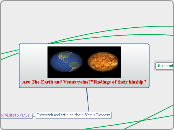da hanin babiker mancano 6 ore
5
Intermolecular forces
Intermolecular forces play a significant role in determining the physical properties and behavior of molecules. These forces are classified into three main types: London dispersion forces, dipole-dipole interactions, and hydrogen bonds.









